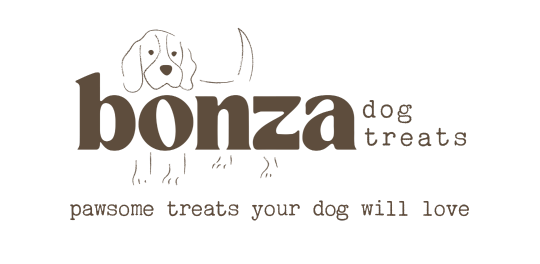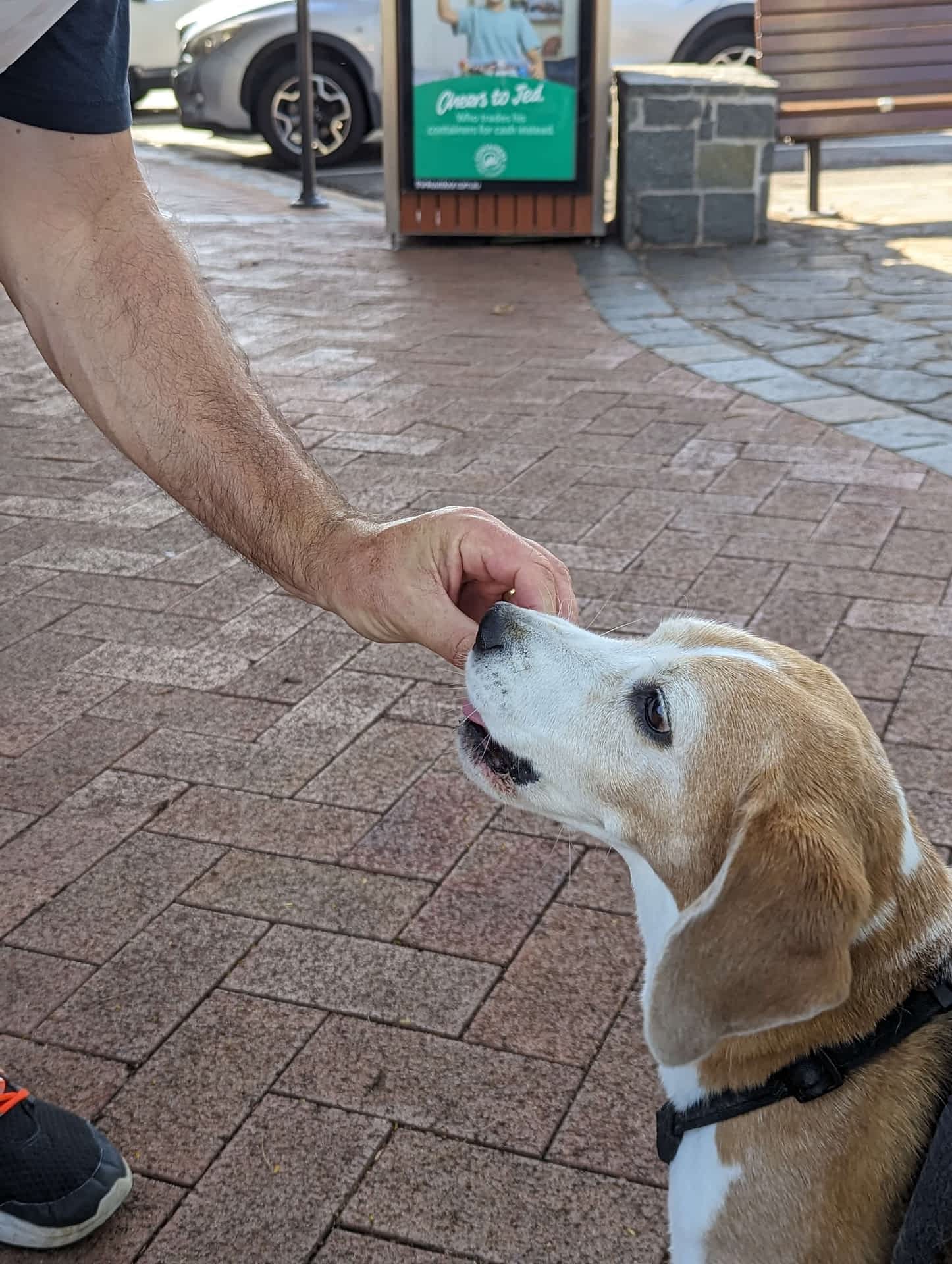When it comes to training your dog, timing is everything. You could have the tastiest treats in the world, but if you give them at the wrong moment, your dog might not connect the dots between what they did and why they’re being rewarded. Here’s how to nail your timing, avoid common mistakes, and make every treat count.
Why Dogs Need Instant Feedback
Dogs learn through association. When a behaviour is followed immediately by something positive — like a treat or praise — your dog’s brain links the two events. That’s called positive reinforcement.
If there’s a delay of even a few seconds, your dog might not know what they’re being rewarded for. For example, if you ask for a sit and they pop up again before you deliver the treat, you could be rewarding the wrong behaviour.
That’s why trainers often say: “Reward the moment the bum hits the ground!”
The 2-Second Rule
A good rule of paw is to give the reward within two seconds of the desired behaviour. The faster your timing, the clearer the message.
Some trainers use a clicker or marker word (like “yes!”) to bridge the gap — marking the exact moment your dog does the right thing, then following with a treat right after.
This helps your dog understand exactly what earned them that tasty bite.
Treats as Feedback, Not Bribes
Timing also helps prevent treats from becoming bribes. When used correctly, a treat is a reward for effort, not a lure for compliance.
If your dog only sits because they see the treat, they’re responding to the bribe. But if they sit on cue and then get the treat, that’s true learning — and it builds lasting good habits.
The key is consistency. Ask for the behaviour first, mark it, then reward.
Real-Life Examples
Let’s look at a few quick examples of timing in action:
- Sit: The instant your dog’s bottom touches the floor — treat.
- Come: The second they reach you, not after you’ve grabbed the collar.
- Stay: Reward during the stay (to reinforce holding position), not after they’ve moved.
- Leave it: The moment they look away from the forbidden object — jackpot!
Each reward reinforces the specific moment they made the right choice.
Common Timing Mistakes
Even experienced owners get caught out sometimes. Watch for these common slip-ups:
- Rewarding too late – your dog may have already moved on.
- Talking too much – chatter can confuse the signal.
- Repeating cues – “sit, sit, SIT!” weakens the command.
- Rewarding wrong behaviour – like barking after a “quiet” cue.
A bit of mindfulness goes a long way — keep treats handy, stay calm, and be ready to reward fast.
Choosing the Right Treats
Quick timing calls for small, easy-to-handle treats. You don’t want to spend 10 seconds breaking up a giant chew — by then, the learning window is gone.
Look for:
- Bite-sized or breakable natural treats
- Low-fat options for frequent training sessions
- Soft textures or thin strips that can be fed quickly
Our Bonza training range includes natural options like dried liver, goat tripe, lamb lung, and tiny training treats — all easy to handle, healthy, and irresistible to dogs.
The Final Woof
Good timing turns chaos into communication. When your dog understands exactly what they did right, training becomes faster, more fun, and more reliable. Pair that with natural, tasty treats, and you’ll have a motivated learner who’s eager to impress.
So next time you train, keep this in mind: reward fast, reward right, and let the treats do the talking.
Check out our video of Bilbo as a 3 month old pup - eager to please and learning quickly.












